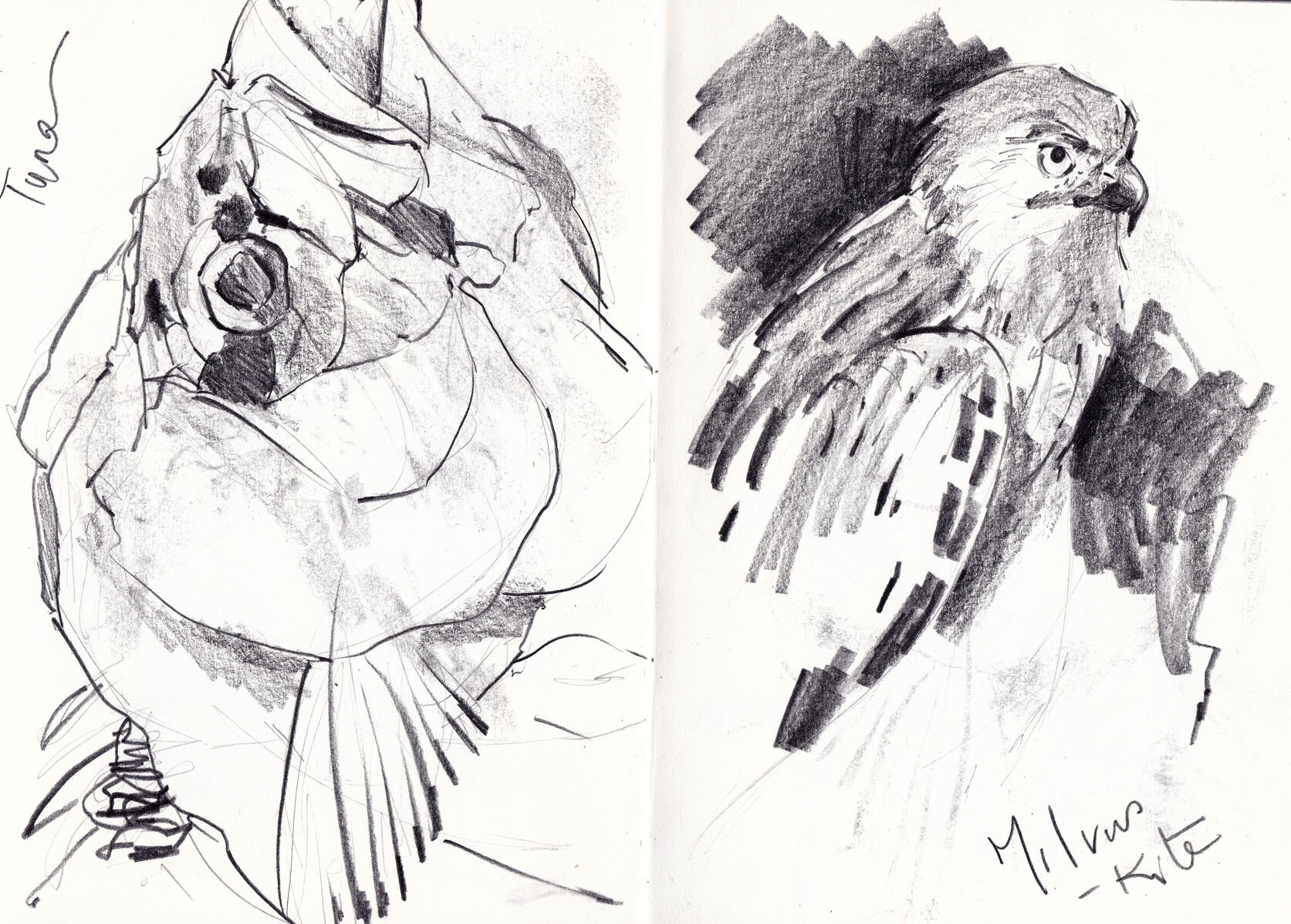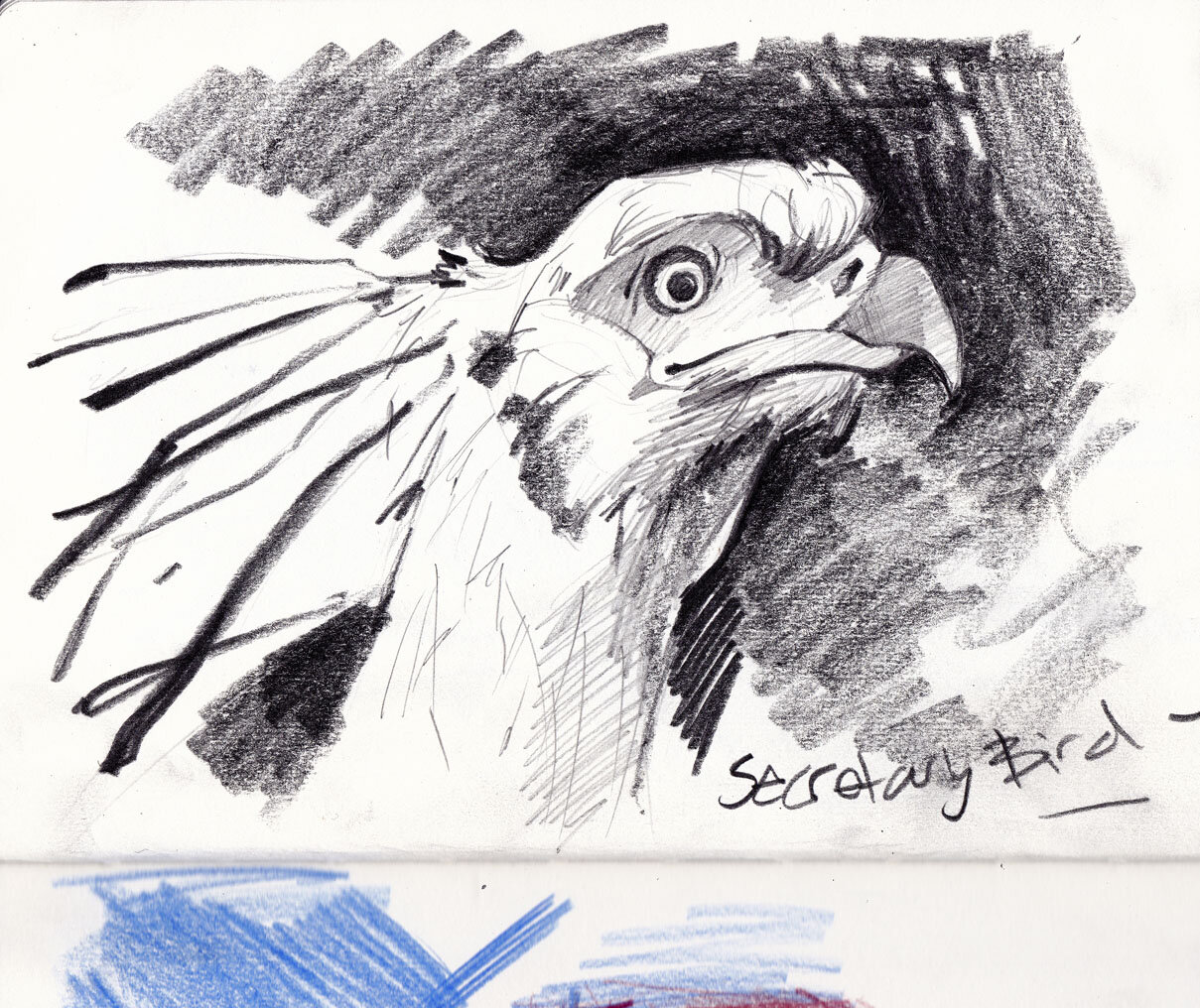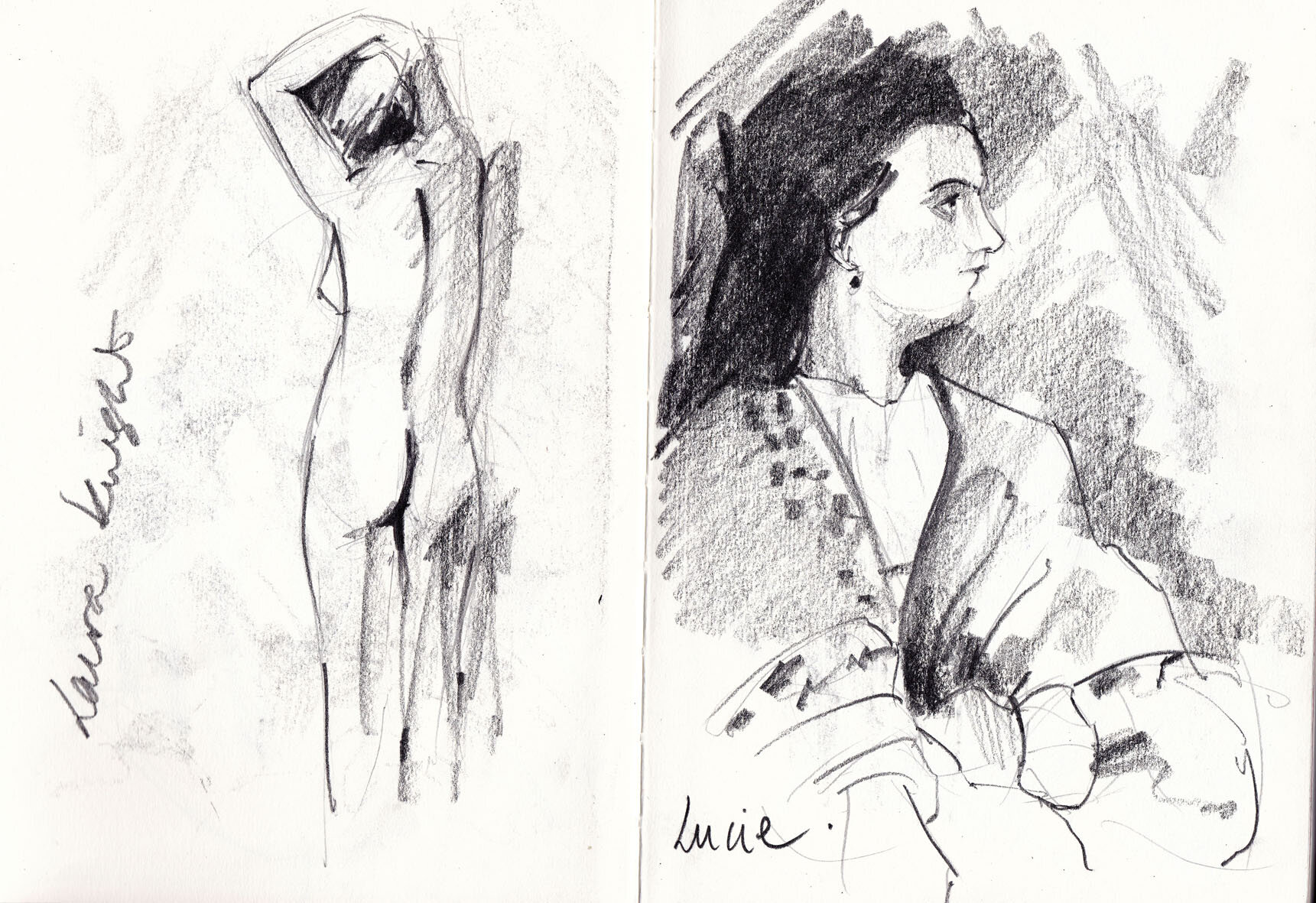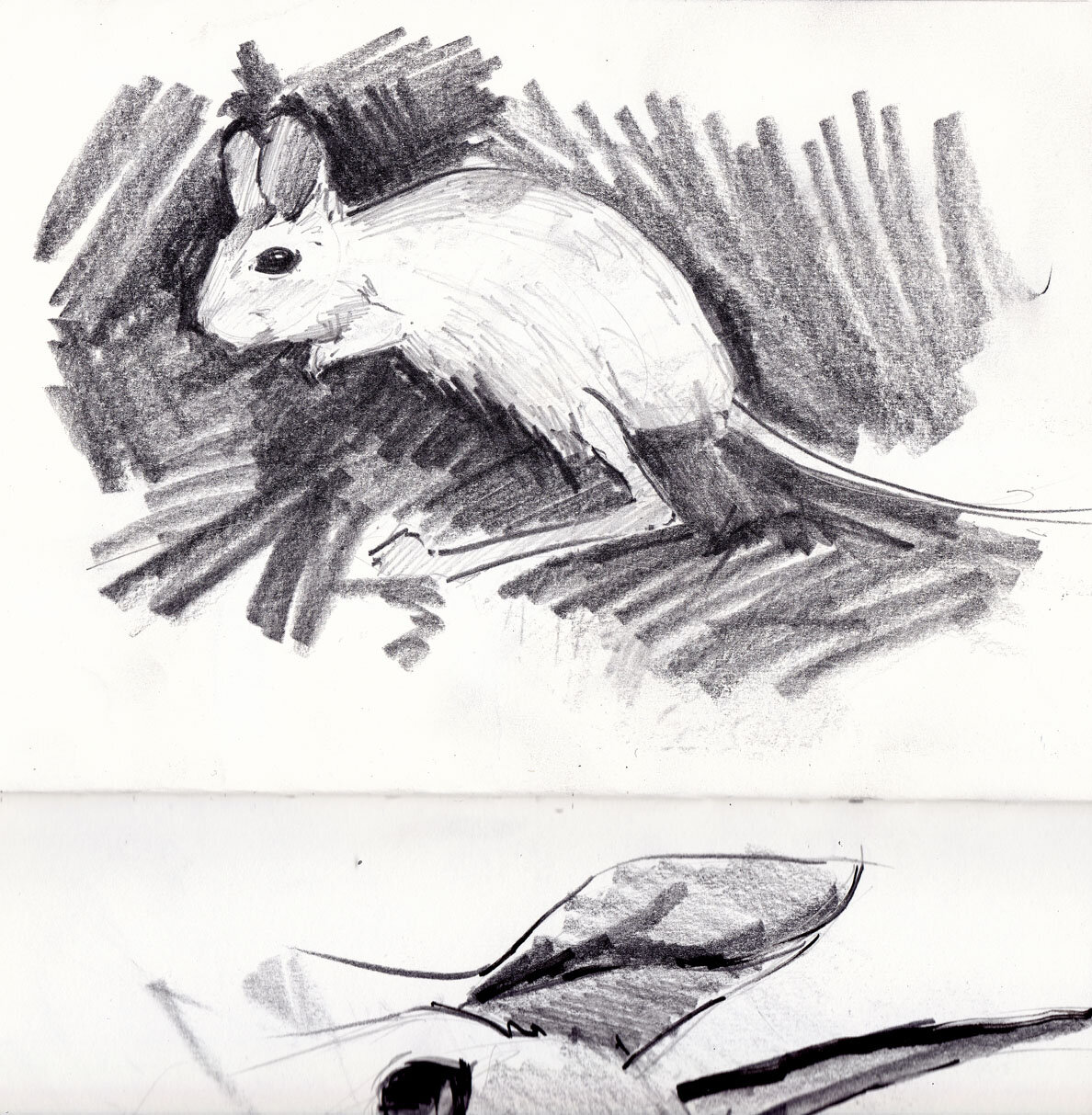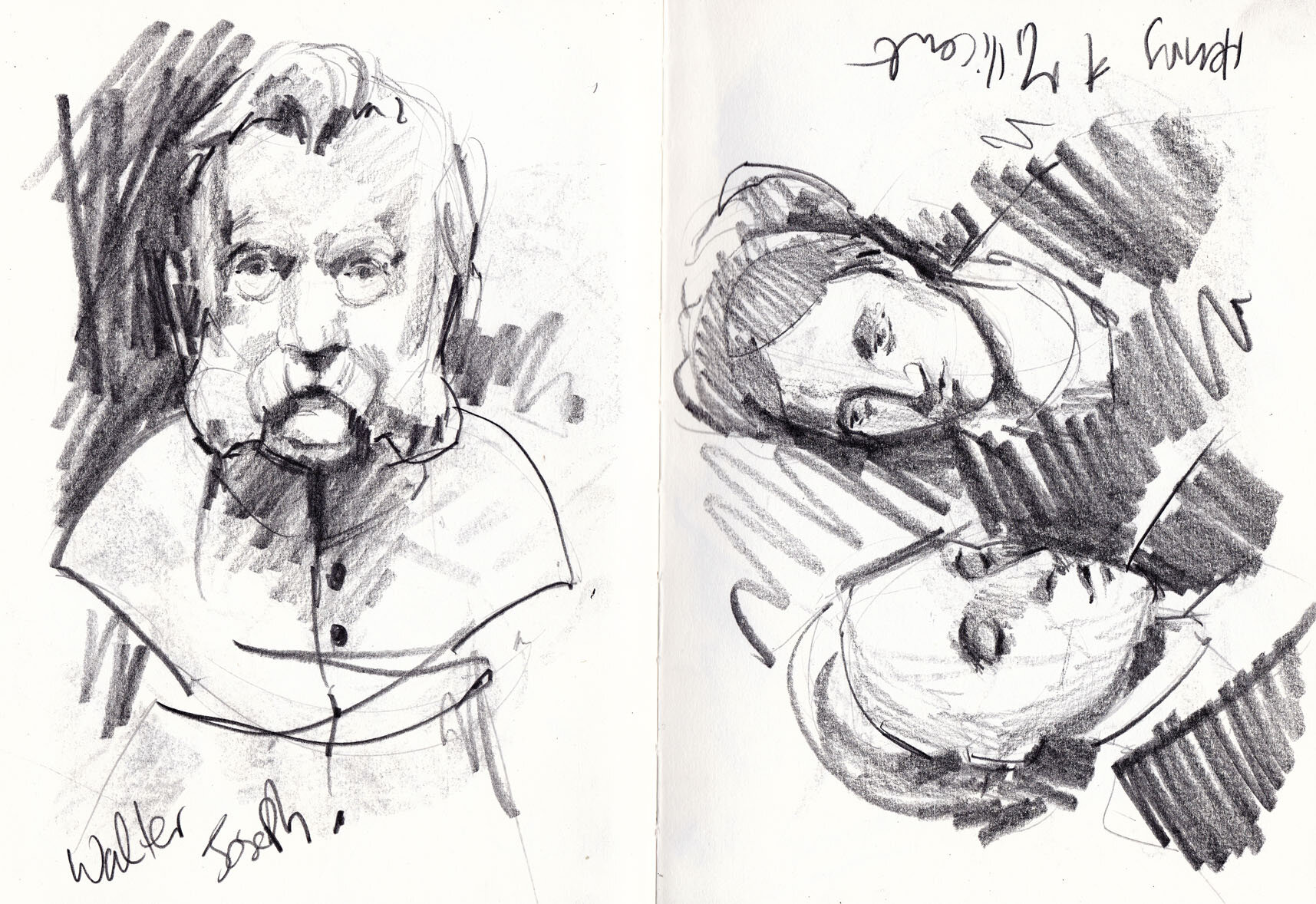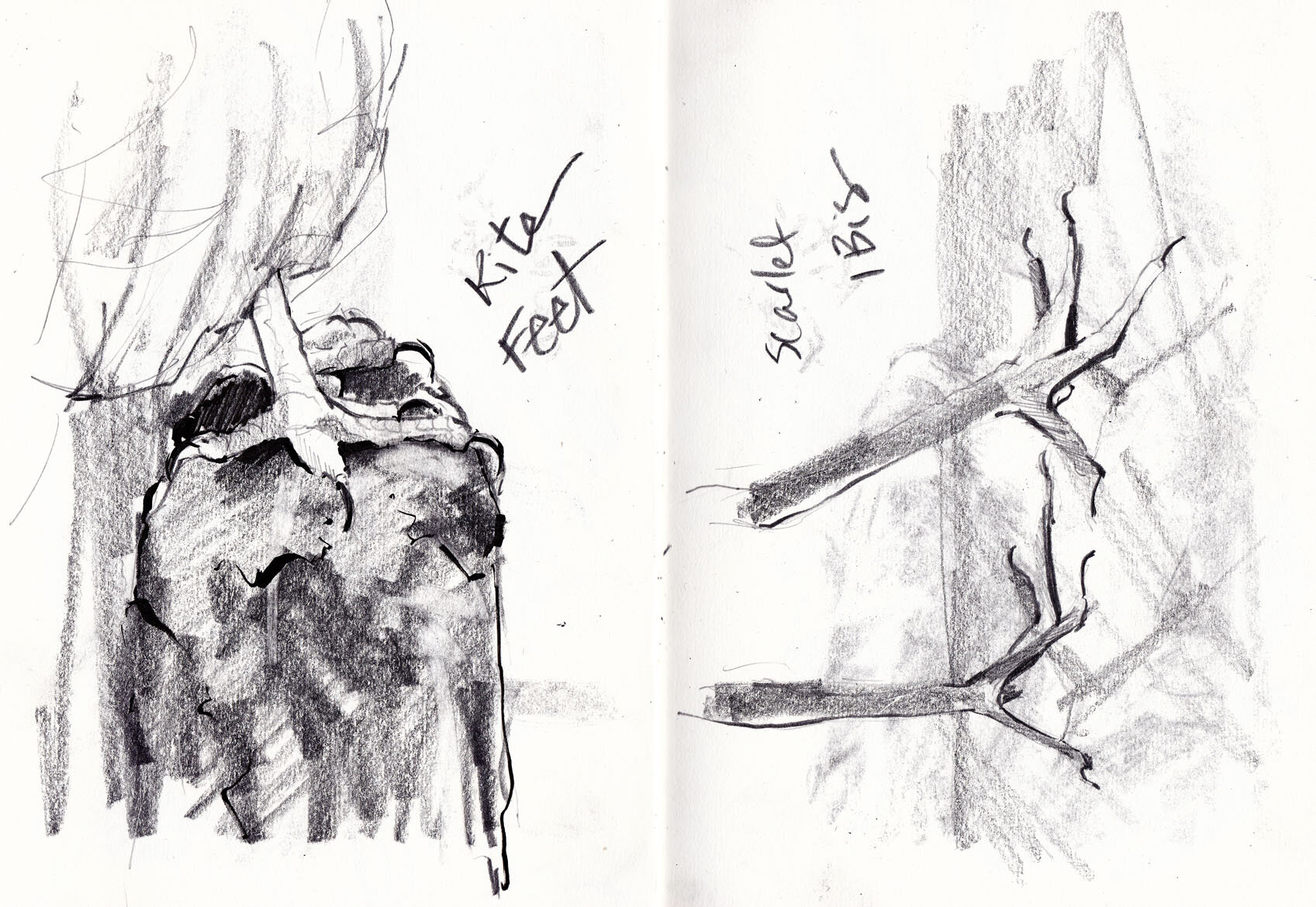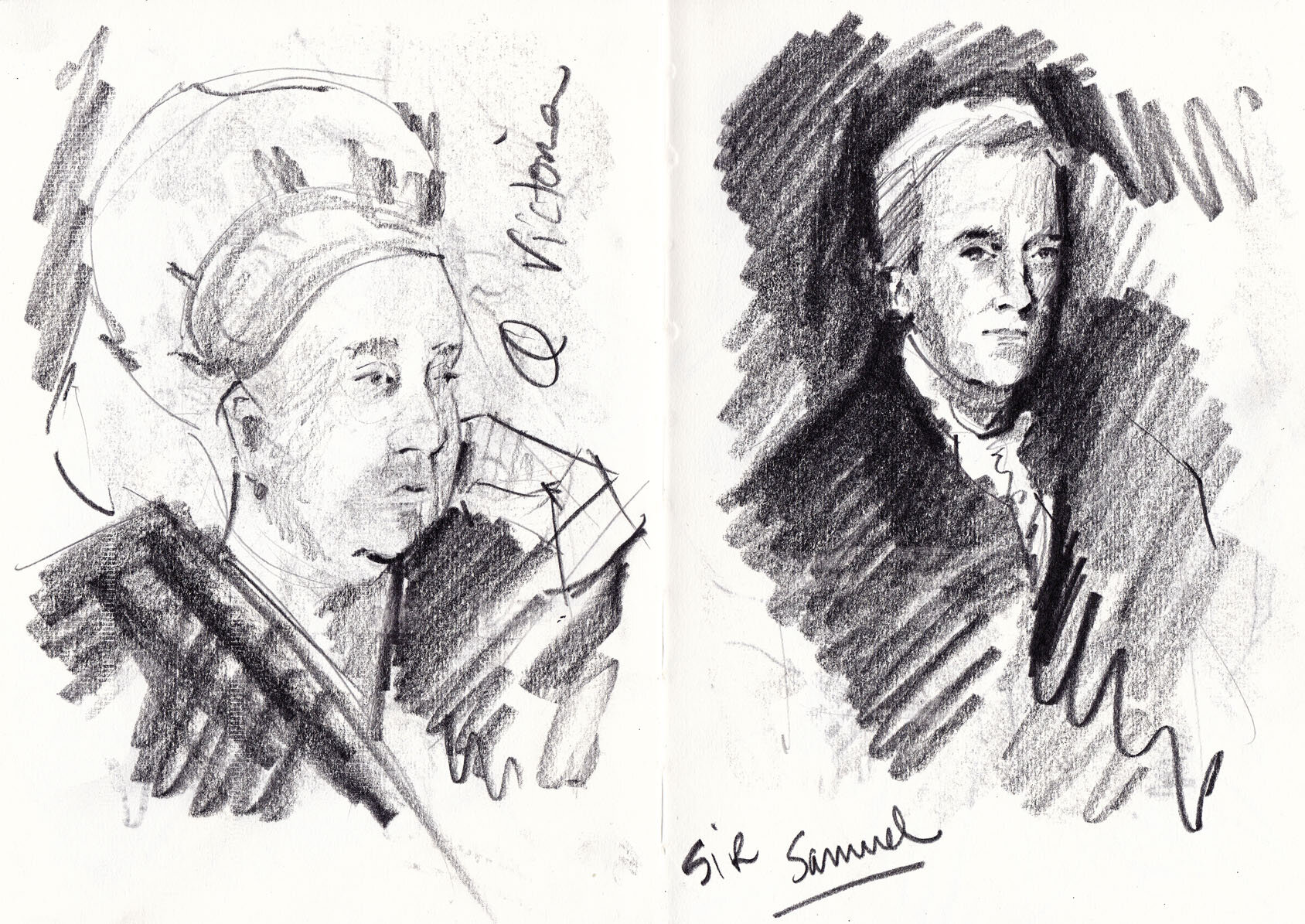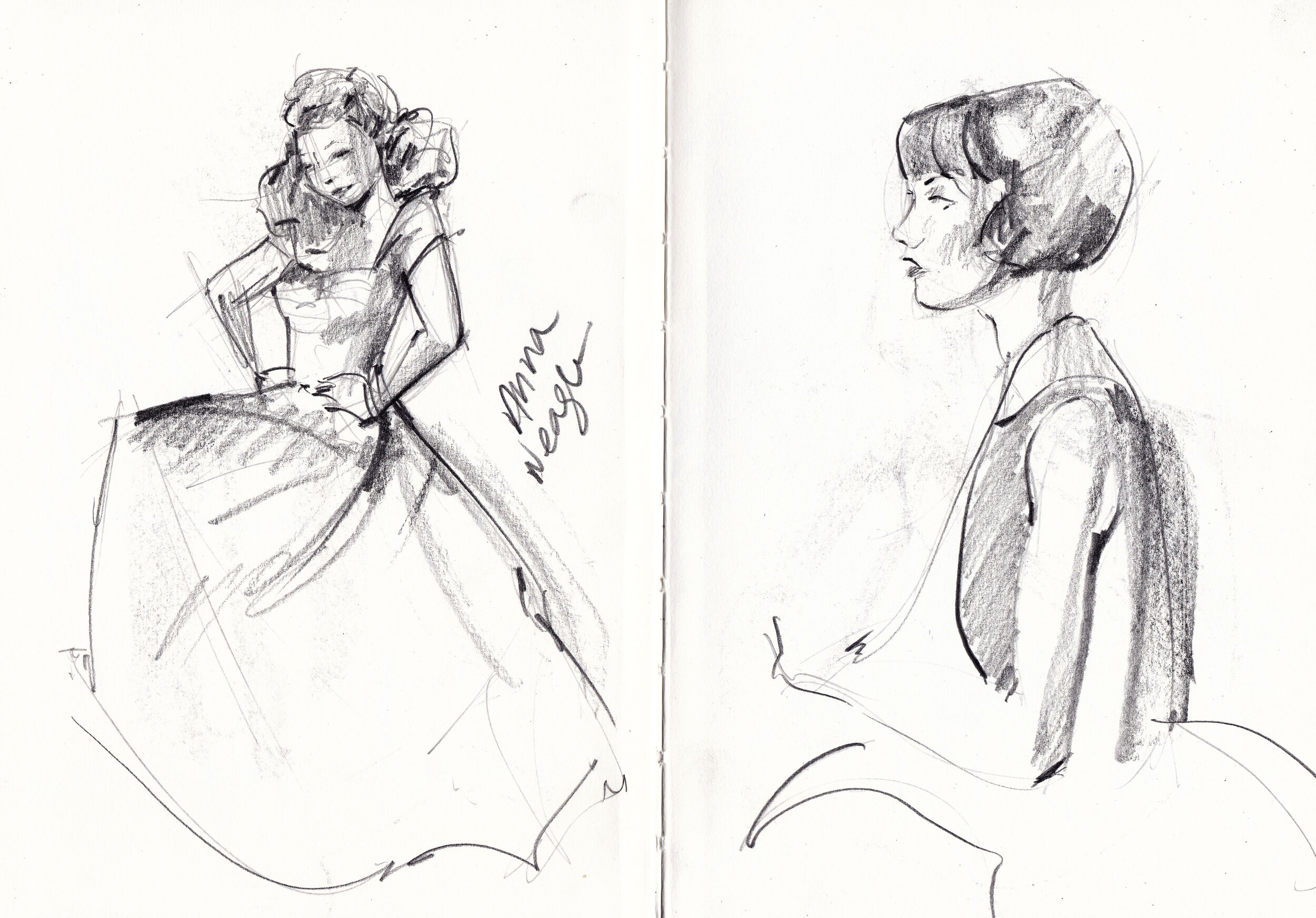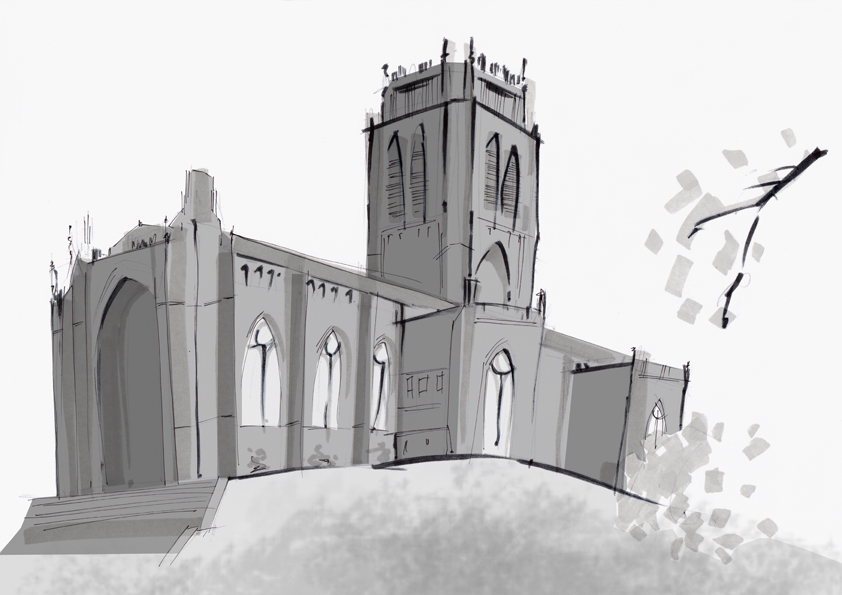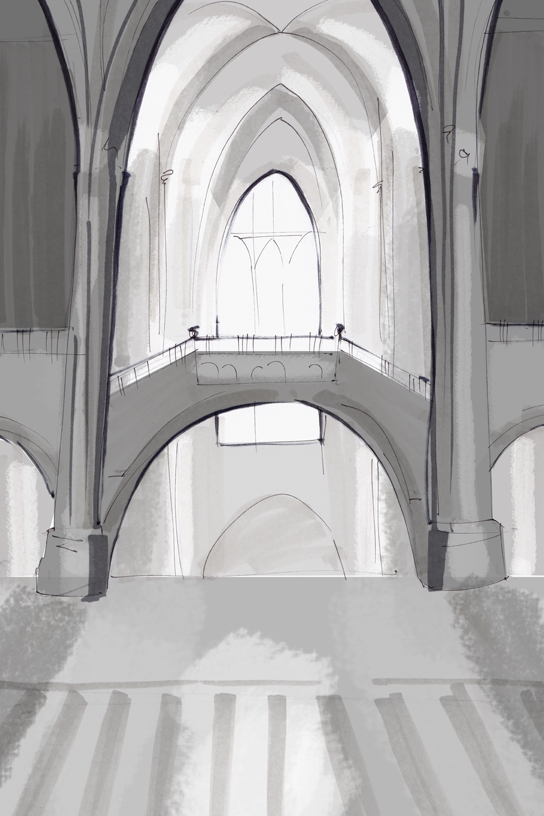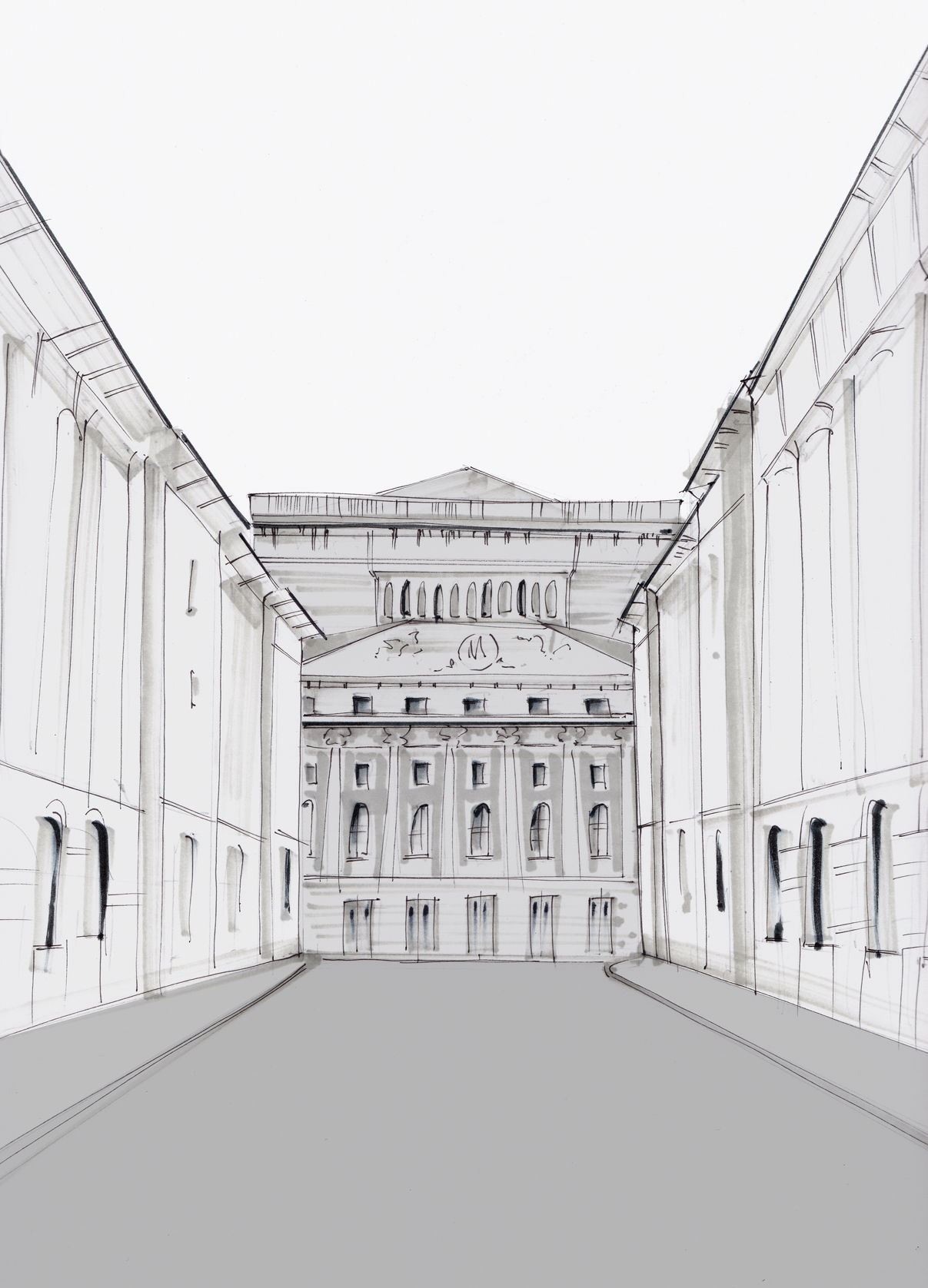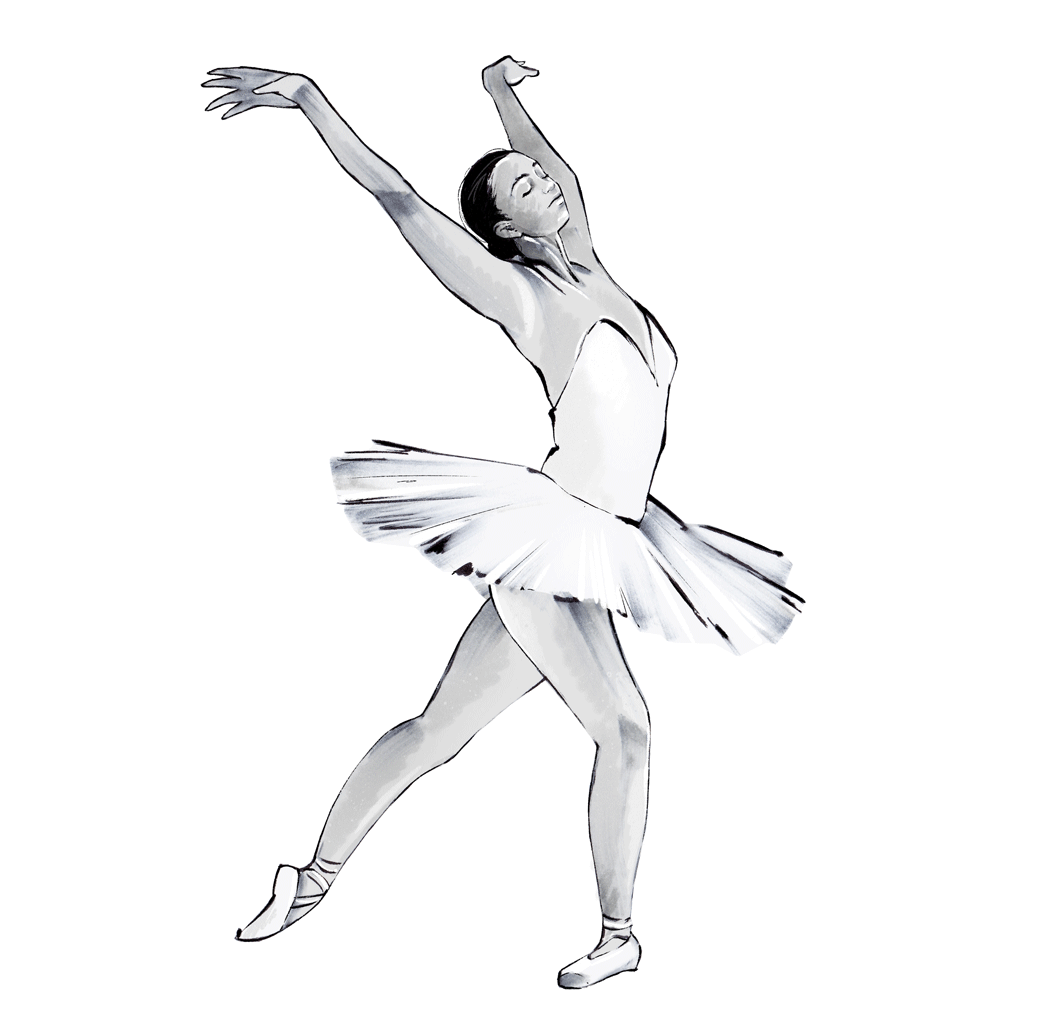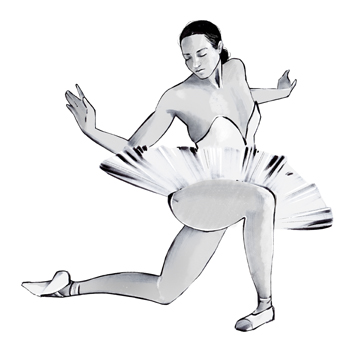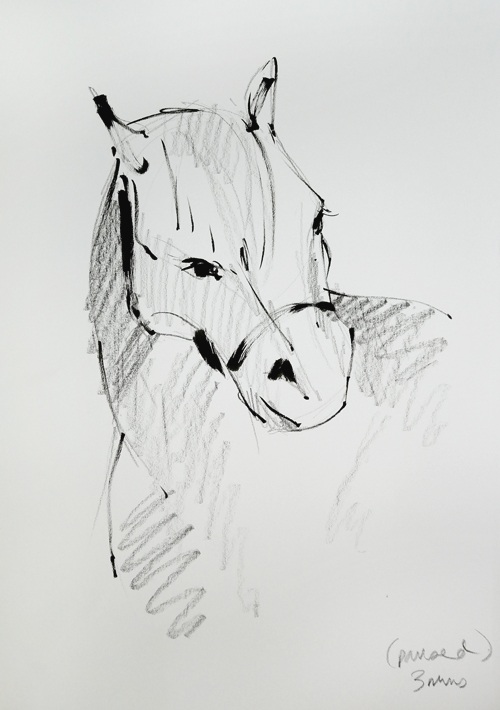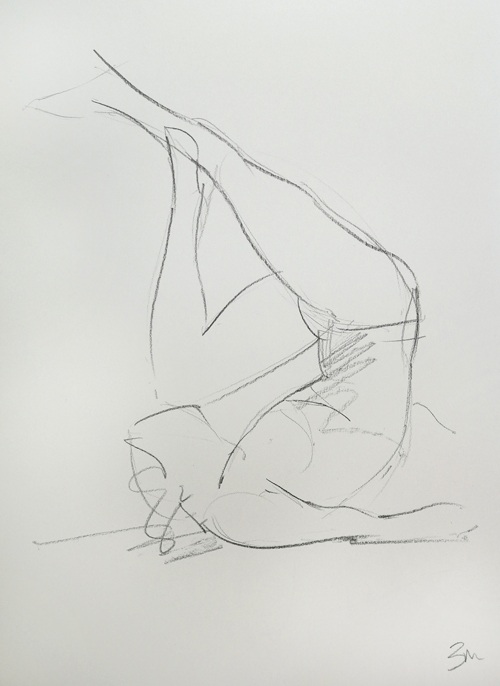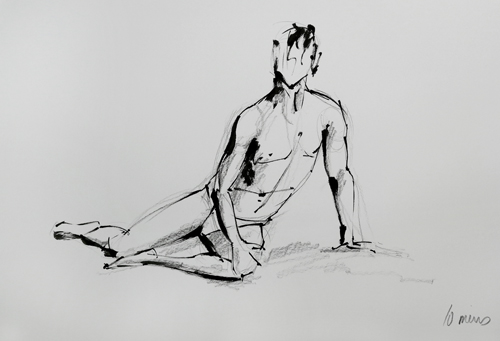So, towards the end of 2019, I stopped loving illustration and began to fall out of interest with process. Lots of client projects and travelling for live illustration events (which I was very lucky to be doing) meant little time for ‘personal projects’… And, truth be told, even my personal projects had begun to feel a bit like ‘work’. After years of trial and error, I’d finally found a ‘style’ that I was happy with and a process that allowed me to effectively complete clients’ briefs to a good standard, so I almost felt too scared to try anything different… Yet, I was getting increasingly bored with it and totally lacking inspiration…
Luckily, after a long Christmas break I began to feel more creative, so I sat down for a meeting with my illustration agent at Lipstick of London. She could tell exactly how I was feeling and told me that she thought I really needed some ‘play time’. ‘Just grab a sketchbook and start sketching - it doesn’t matter what comes out, it doesn’t matter if it’s total shit, just get back to enjoying illustrating again.’ I pushed back quite hard, saying I hated working in a sketchbook and I wasn’t very good at drawing for the sake of drawing - ‘I’m a project person!’, I insisted. Anyway, long story short, I took her advice… I had nothing to lose… We’d had our meeting on the South Bank so I was only a short walk away from the National Portrait Gallery so I headed straight there. I went straight to the gallery shop, bought a sketchbook, a pencil and a graphite stick and off I went.
Oh the relief! The joy! Scribbles after scribbles and I just lost myself. I lost myself in the paintings, in the shadows, in the highlights and in the expressions. 2 and a half hours of pure bliss. Which was followed up by another sketching session at the Oxford University Museum of Natural History a few weeks later. This one was made even better because I went with some other illustrators as part of the Oxford Doodle Club. Which is actually a little side project/meet up/club thing that I helped to set up with fellow illustrators Mat Roff and Alex Moore… Find out more here. It’s pretty great.
Moral of the story, if you’re feeling stuck/bored/uninspired... Get sketching.

